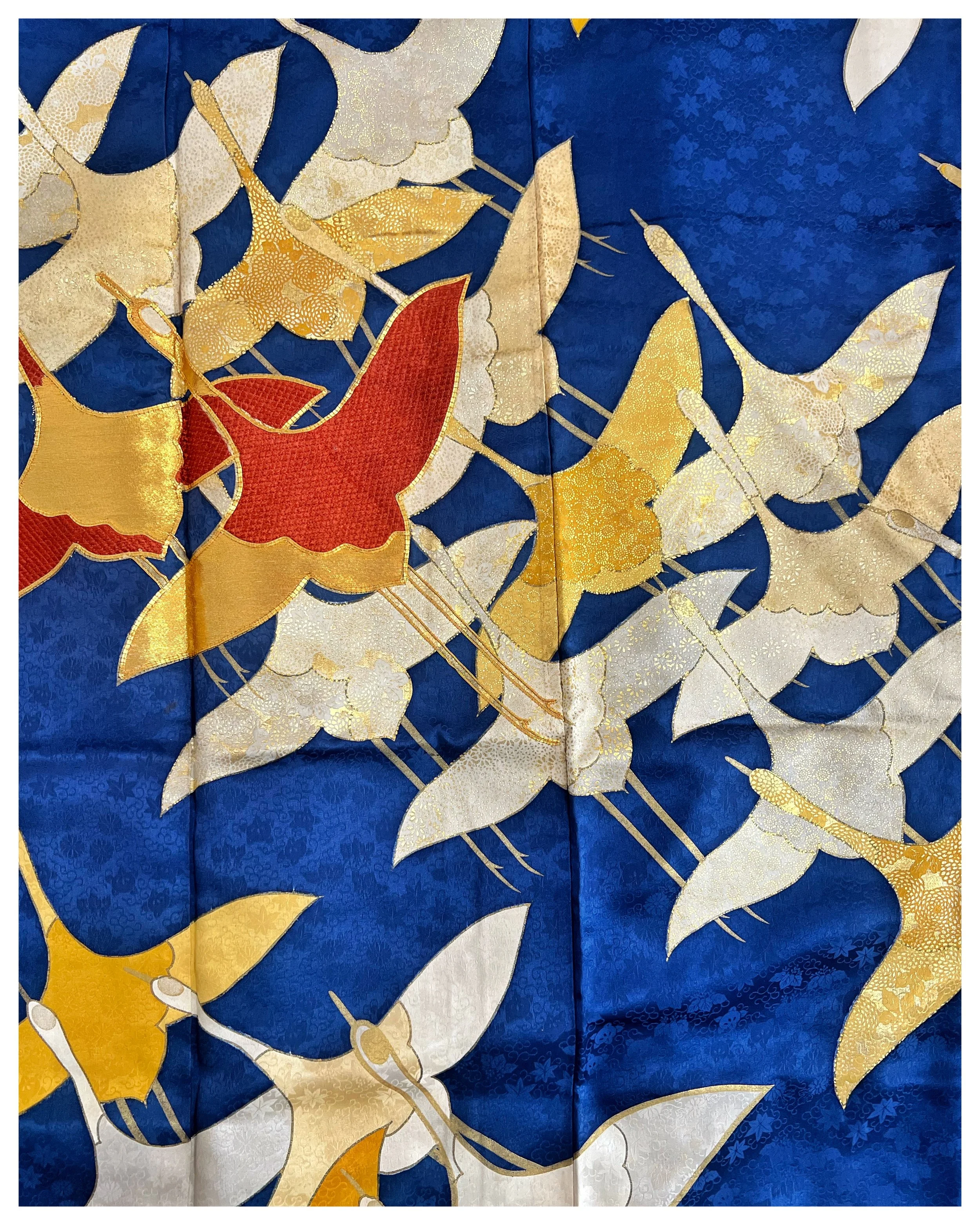
the process
. THE PROCESS OF FABRIC ORIGAMI .
Fabric Origami is a term coined by Lia as she spent more and more time reconstructing from vintage kimonos.
Kimonos are traditionally made in 36-38cm width, which is significantly shorter from the metre-yard width of the average fabrics;
so it required some creative thinking to reconstruct the pieces into our bespoke pieces.
Since she was little, Lia was always creating pieces by just looking at it &
logically deconstructing the design in her mind then reconstructing it in another material.
Having been trained in traditional pattern-making & tailoring techniques during her University days (at the encouragement of her mother)
Lia combined the skills learnt from those techniques along with the logical deconstruction of designs she liked (mathematics!)
and applied a love of pleating/folding to the kimonos to create the necessary lengths of fabric for creation
but still keeping the original width of the kimonos within each fabric panel as much as possible.
With what has now become her signature pleating accents in many of her designs; the pleating/folding process
reminded Lia of her childhood making paper origami into fantastical, fun shapes & creatures without cutting the paper.
Henceforth, she began using the term “Fabric Origami” to help explain how the Tokyo Kaleidoscope designs are reconstructed.
Minimal cutting is utilized (only for neck holes, occasional armhole, required lengths of fabric, etc)
as the rest of the fabric is pleated or folded away to create the necessary size
(which also allows for future adjustments in size to be made if needed.)
THE WORLD OF TOKYO KALEIDOSCOPE | FOLLOW US ON INSTAGRAM | @TOKYOKALEIDOSCOPE


















